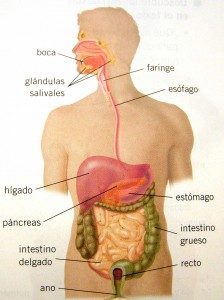 In everyday life we take measurements very regularly. We do it when we weigh the fruit we buy, when we observe the speed of our vehicle or when measuring body temperature when we feel physical discomfort. We need to make accurate measurements, otherwise we would not be able to objectively assess certain situations in daily life.
In everyday life we take measurements very regularly. We do it when we weigh the fruit we buy, when we observe the speed of our vehicle or when measuring body temperature when we feel physical discomfort. We need to make accurate measurements, otherwise we would not be able to objectively assess certain situations in daily life.
In other words, our day-to-day decisions are highly dependent on the results of the measurements we make.
It includes the scientific branch that focuses on the study of different measurement systems. It is an auxiliary science, since the data it provides is applicable to all kinds of scientific disciplines.
General principles
This science has as its main objective the correct evaluation of any measurement. For this to be possible, a series of indicators or parameters must be taken into account. First of all, a repeated measurement must always give the same results (in the language of metrology this characteristic is known as repeatability).
On the other hand, it is necessary that there is a temporal stability in the measurements (if I measure something many times with the same instrument, the result must always be the same).
Obviously, the references or standards used have to be with known values (for example, the kilogram is a worldwide recognized standard).
One of the most relevant aspects in metrology is accuracy, that is, that the measurement does not incorporate any type of error (for example, the standard kilogram is a prototype found in the International Office of Weights and Measures in Paris and any object of a kilogram can be compared with the prototype of this organism).
It should be noted that there are patterns in all kinds of magnitudes, whether physical or chemical.
Different approaches and key aspects
Like any other area of scientific knowledge, this discipline has different branches. The main ones are three: industrial metrology, scientific metrology and legal metrology.
In the specific terminology of metrology, specialized concepts are used and some of them are the following: magnitude of influence, true value and nominal value, calibration, measurement reproducibility, maximum permissible error or measurement uncertainty, among others.
 Finally, it should be noted that there are three systems of measurement units: the metric system, the English system or USCS and the international system or SI.
Finally, it should be noted that there are three systems of measurement units: the metric system, the English system or USCS and the international system or SI.
- The metric system is based on two units, the meter and the kilogram.
- The English system is based on inches and yards.
- The SI is a modernized version of the metric system and has existed since 1960 (this measurement model uses the meter as the unit of length, the kilogram for mass, the second for time, the ampere for electric current and the kelvin for the temperature).
Photos: Fotolia - Nikolai Titov / Industrieblick









